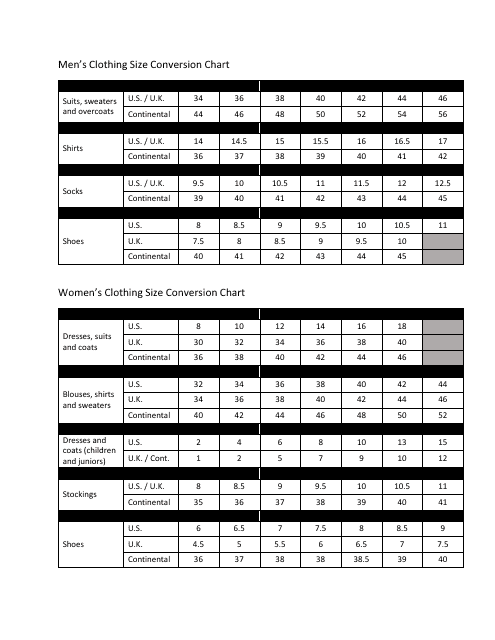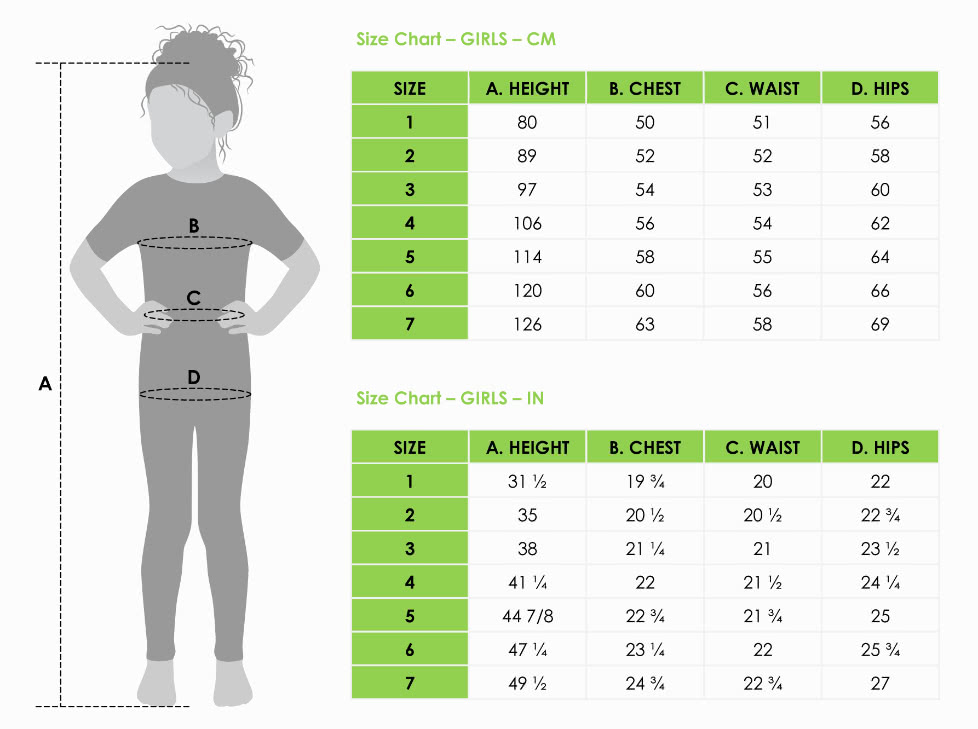Mens vs Womens Size Difference

The difference in sizing between men’s and women’s clothing is a long-standing issue that has sparked debate and confusion among consumers. The primary reason for this discrepancy lies in the distinct measurement standards and fitting models used for each gender. Historically, clothing manufacturers have employed separate sizing scales for men and women, resulting in varying levels of accuracy and consistency.
One of the main factors contributing to the size difference is the method of measurement. Men’s clothing is typically measured using a more linear approach, focusing on chest and waist circumference, as well as pant length and sleeve length. In contrast, women’s clothing is often measured using a combination of body measurements, including bust, waist, and hip circumference, in addition to dress length and sleeve length. This disparity in measurement techniques can lead to inconsistencies in sizing, making it challenging for consumers to find the perfect fit.
Another significant factor influencing the size difference is the concept of “vanity sizing.” This phenomenon refers to the practice of assigning smaller sizes to garments to make customers feel more confident and satisfied with their purchases. Vanity sizing is more prevalent in women’s clothing, where sizes can vary significantly between brands and even within the same brand. For example, a size 8 in one brand may be equivalent to a size 10 or 12 in another. This lack of standardization can lead to frustration and disappointment for consumers, particularly those who struggle with body image issues or have difficulty finding clothing that fits well.
The impact of sizing differences on consumer behavior and body image is a topic of growing concern. Research suggests that the inconsistent and often arbitrary nature of clothing sizes can contribute to negative body image, low self-esteem, and decreased satisfaction with clothing purchases. Furthermore, the pressure to conform to unrealistic beauty standards and the emphasis on achieving a specific body type can exacerbate these issues. It is essential for clothing manufacturers and retailers to acknowledge the potential harm caused by sizing discrepancies and work towards implementing more inclusive and standardized sizing practices.
In recent years, there has been a shift towards more inclusive and diverse sizing in the fashion industry. Some brands have begun to adopt a more nuanced approach to sizing, incorporating features such as adjustable waistbands, stretchy fabrics, and plus-size options. Additionally, the rise of online shopping has led to the development of virtual try-on tools and size recommendation algorithms, which can help consumers find the best fit without having to physically try on clothes.
Despite these advancements, there is still a long way to go in achieving true sizing consistency and inclusivity. Clothing manufacturers must prioritize transparency and standardization in their sizing practices, providing clear and accurate measurements, and eliminating arbitrary size labels. Moreover, the industry as a whole must work to promote body positivity and self-acceptance, recognizing that beauty and attractiveness come in a wide range of shapes, sizes, and forms.
In conclusion, the difference in sizing between men’s and women’s clothing is a complex issue, influenced by a combination of historical, cultural, and commercial factors. While progress has been made towards more inclusive and diverse sizing, there is still a need for increased standardization, transparency, and body positivity in the fashion industry. By acknowledging the impact of sizing discrepancies on consumer behavior and body image, clothing manufacturers and retailers can work towards creating a more inclusive and empowering clothing market for all.
What is the primary reason for the size difference between men's and women's clothing?
+The primary reason for the size difference is the distinct measurement standards and fitting models used for each gender. Men's clothing is typically measured using a more linear approach, while women's clothing is often measured using a combination of body measurements.
What is "vanity sizing," and how does it impact clothing sizes?
+Vanity sizing refers to the practice of assigning smaller sizes to garments to make customers feel more confident and satisfied with their purchases. This phenomenon can lead to inconsistencies in sizing, making it challenging for consumers to find the perfect fit.
How can clothing manufacturers work towards more inclusive and standardized sizing practices?
+Clothing manufacturers can prioritize transparency and standardization in their sizing practices by providing clear and accurate measurements, eliminating arbitrary size labels, and incorporating plus-size options and adjustable features.
What role can online shopping play in improving sizing consistency and inclusivity?
+Online shopping can play a significant role in improving sizing consistency and inclusivity through the development of virtual try-on tools and size recommendation algorithms. These features can help consumers find the best fit without having to physically try on clothes.
How can the fashion industry promote body positivity and self-acceptance?
+The fashion industry can promote body positivity and self-acceptance by recognizing that beauty and attractiveness come in a wide range of shapes, sizes, and forms. This can be achieved through inclusive marketing campaigns, diverse model casting, and clothing lines that cater to a broad range of body types.
Implementing Standardized Sizing Practices:

- Develop clear and consistent measurement standards for men's and women's clothing.
- Eliminate arbitrary size labels and provide accurate measurements for each garment.
- Incorporate plus-size options and adjustable features to cater to a broader range of body types.
- Utilize virtual try-on tools and size recommendation algorithms to improve online shopping experiences.
- Promote body positivity and self-acceptance through inclusive marketing campaigns and diverse model casting.



